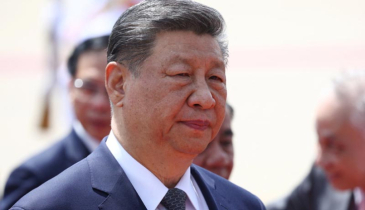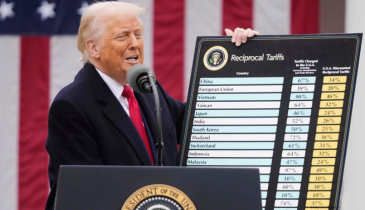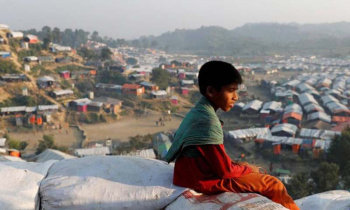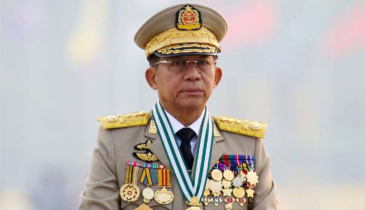China and India compete for strategic influence in Myanmar

China and India are locked in a strategic competition over access to Myanmar’s Rakhine State, as the Arakan Army (AA) continues to expand its control over the crucial Bay of Bengal coastline.
China is forging ahead with its Kyaukphyu Special Economic Zone (SEZ) and a deep-sea port project in Rakhine State. The junta in Myanmar convened the Central Working Group for Special Economic Zones in Naypyitaw on January 14 to discuss the progress of these initiatives. During the meeting, junta investment minister Kan Zaw urged cooperation between the junta-controlled Kyaukphyu SEZ Consortium Company Ltd, China’s state-owned CITIC Consortium, and relevant regime ministries to accelerate the project.
Meanwhile, India is advancing its own strategic project in the region. On January 16, Indian Ambassador to Myanmar, Abhay Thakur, along with representatives from Indian Global Ltd, visited Rakhine’s capital, Sittwe, to assess progress on the India-assisted Kaladan Multi-Modal Transit Transport Corridor. Central to this initiative is the India-funded Sittwe Port, which was inaugurated in May 2023. The Indian Embassy has described the port as a cornerstone of India’s broader regional connectivity project.
Despite ongoing clashes on the outskirts of Sittwe, the Indian ambassador stayed overnight in the city, one of the few areas in Rakhine still under junta control, along with Kyaukphyu and Ramree. The other 14 townships in the state are now dominated by the AA. During his visit, Thakur met with Rakhine State’s junta-appointed chief minister, Htein Lin, to discuss the port’s strategic importance. Thakur emphasized its role as a symbol of Indian-Myanmar friendship and highlighted its potential to enhance coastal and regional connectivity, bolster international trade, and promote tourism.
India views the Kaladan Project as a pivotal component of its Act East Policy, aimed at countering China’s expanding influence in Myanmar through the Belt and Road Initiative. The Kaladan Project connects Kolkata to Sittwe by sea, and from there, links Sittwe to Paletwa in southern Chin State via the Kaladan River. The corridor will ultimately connect to India’s northeastern state of Mizoram by road, offering an alternative trade route for India’s landlocked northeast.
On the other hand, China’s Kyaukphyu projects are integral to its planned 1,700-kilometer China-Myanmar Economic Corridor, which aims to link Kunming in Yunnan province with the Indian Ocean, further expanding Beijing’s strategic reach.
Analysts interpret Thakur’s visit to Sittwe—despite the active conflict in the region—as a strong signal of India’s determination to assert its influence and avoid falling behind China in this high-stakes contest.
Originally launched over a decade ago to provide alternative connectivity for India’s northeastern states, the Kaladan Project has faced numerous delays and was slated for completion in 2023. However, ongoing conflicts in Rakhine and Chin states have disrupted the timeline, complicating India’s efforts to finalize the initiative.
Both nations remain deeply engaged in their respective projects, underscoring Myanmar’s growing significance in the broader geopolitical rivalry between China and India.
.png)









